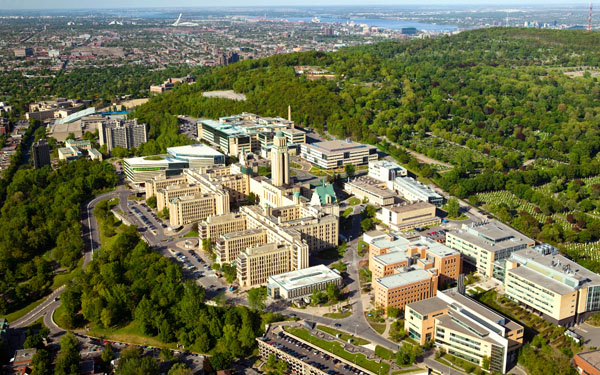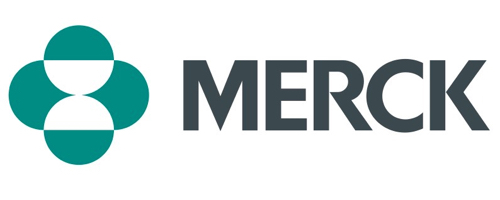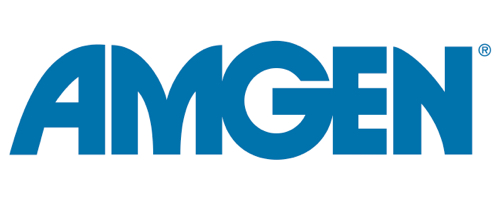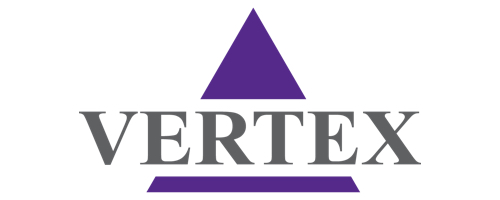On behalf of the organizing committee, we are very pleased to welcome you to Montréal, Québec, Canada for the third edition of the International Symposium on C-H Activation (ISCHA). This event will allow researchers from all over the world to share their work and keep abreast of the latest chemistry discoveries. Through a multitude of specialized conferences, we look forward to a lively exchange of ideas as we continue to assess the role of C-H activation in the academic arena.
We will do our very best to make this ISCHA a unique and memorable symposium for you, as we will regularly update this web site over the coming months. In the meantime, feel free to contact us at ischa3udem@gmail.com.
Yours truly,
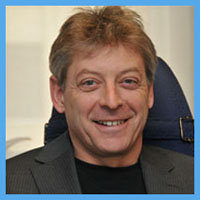 André Charette
André Charette
ISCHA3 Co-Chair
Université de Montréal
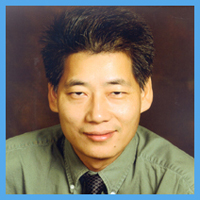 Chao-Jun Li
Chao-Jun Li
ISCHA3 Co-Chair
McGill University
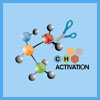 ISCHA3 logo
ISCHA3 logo
(transparent background)
